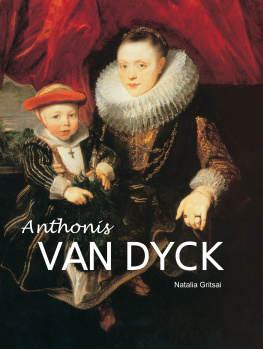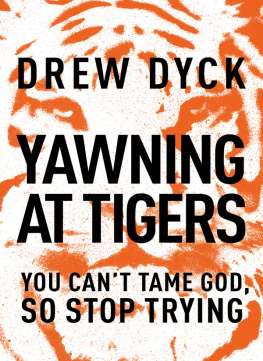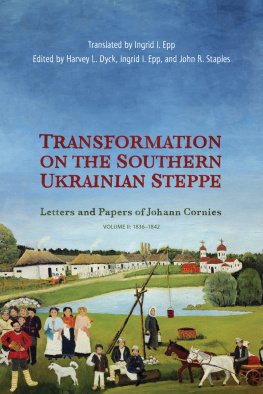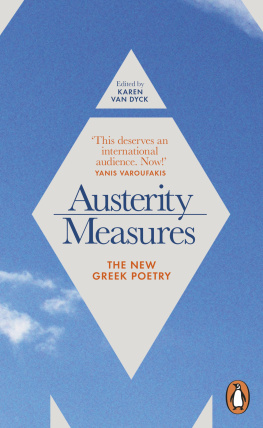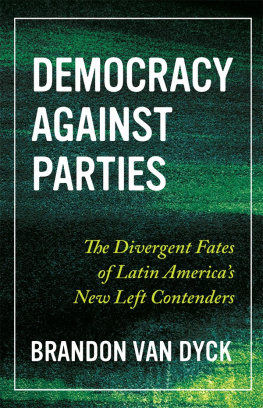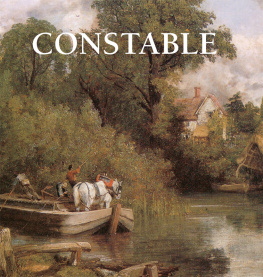All rights reserved.
No part of this publication may be produced or adapted without the permission of the copyright holder, throughout the world.
Unless otherwise specified, copyright on the works reproduced lies with the respective photographers. Despite intensive research, it has not always been possible to establish copyright ownership. Where this is the case, we would appreciate notification.
VAN DYCKS PAINTINGS IN THE HERMITAGE THE HISTORY OF THE COLLECTION
To this day the name of the seventeenth-century Flemish painter Anthony van Dyck (15991641) remains a symbol of artistic refinement. Yet his real contribution to art lies in his novel approach to the representation of the subject, his perception of each human being as a unique individuality which reveals itself only on direct contact, not through mere contemplation. In his day Van Dyck had his greatest success as a portraitist. He created painted portraits throughout his life, and in his later periods graphic portraits as well. It was as a portraitist that the artist gained worldwide recognition and went down in the history of seventeenth-century European art.
As an artist of great creative range, however, Van Dyck worked in many genres: he produced historical compositions, allegorical pictures, landscapes and was well able to tackle any artistic task. And if his thematic compositions often display a portraitists power of observation, his portrait style bears the mark of the techniques used in historical pictures.
Van Dycks portraits are of diverse type. The range of his powers as a portraitist seems infinite, stretching from fleeting sketches done on the move or from memory to painstaking studies from life, from intimate works to grand, monumental portraits and often humorous historical pictures depicting the subject in the guise of a character from classical mythology or a contemporary play. The artists portrait gallery is a real monument to his time, and presents us with both a living image of the artists contemporaries and that ideal of the beautiful individual which he established in his art
Van Dycks age marked a new stage in the art of the small country of the South Netherlands (often called Flanders, after its largest province). It was a time that saw the development, followed by the brilliant affirmation, of the national school of painting. The Dutch rebellion of the late sixteenth century led to the secession of the northern provinces (Holland) to become the independent republic of the United Provinces, while the southern provinces remained under Spanish rule. Netherlandish art split into two independent national schools the Dutch and the Flemish.
The greatest achievements of seventeenth-century Flemish art are linked with Rubens and his close associates, of whom Van Dyck was indisputably the finest. Peter Paul Rubens (15771640) was the recognized leader of the Flemish School. He set Flemish culture on new paths by creating art that was closely in tune with its time, art that was imbued with a sublime humanist spirit, vividly emotional, dynamic, passionate, bursting with life-affirming power. Van Dyck transformed Rubens artistic discoveries in his own special way, attaining a skill in portraiture that remains unmatched.
The Hermitage collection (with which this publication mostly concerns itself), supplemented by some of the masters pictures in other museums, allows us to form a comprehensive picture of Van Dycks portrait uvre. It includes works from all the artists creative periods: the First and Second Antwerp Periods, the Italian Period, and the English Period, forming one of the largest sections in the Hermitages collection of Flemish art, which also features important paintings by other leading Flemish masters Rubens, Jordaens, and Snyders. All of these collections belong to the core of the Museums old collection dating from the eighteenth century, a time when the works of Flemish painters were ranked as some of the most coveted items in Western Europe. They were particularly in demand in Paris Europes most important art market. From the 1760s almost to the end of the century, the French capital was the principal source of paintings for the rapidly expanding picture gallery of St Petersburgs Hermitage.
The foundations of this museum born in the Age of Enlightenment were laid by Empress Catherine the Great (172996). In 1764 she acquired the collection of the Berlin merchant Johann Ernest Gotzkowsky, who offered the Empress his pictures through the Russian ambassador in Prussia, in settlement of his debt to the Russian treasury. Ever since, 1764 has been taken as the date of the foundation of the Hermitage. Catherine the Greats successes in the field of collecting were greatly aided by the fact that she was able to enlist as intermediaries and experts such eminent connoisseurs as the celebrated French philosopher and art critic Denis Diderot, the sculptor Etienne Maurice Falconet, the encyclopedist Melchior Grimm, and the Russian ambassador in Paris and subsequently The Hague, Dmitry Golitsyn. The last was one of the most enlightened figures of Catherines time, an honorary member of the Academy of Arts in St Petersburg, and a friend of Diderot and Falconet.
It was Golitsyn, in particular, who acted on behalf of the Empress to acquire pictures for the Hermitage collection. Golitsyn maintained close links with Diderot and Grimm, and also with the Geneva collector Franois Tronchin, who had contacts in Parisian artistic circles. He strove never to miss the opportunity of making an interesting acquisition, both at auctions (in Paris, The Hague, and Amsterdam) and through direct negotiations with owners. The latter was probably the case with the purchase, some time before 1774, of one of the finest pictures in the Hermitages Flemish collection Van Dycks Family Portrait. According to some sources, a certain Madame Grunblots of Brussels, who had acquired the portrait in 1770 at the sale of the La Live de Jully collection in Paris, gave it to the Russian Empress soon afterwards.
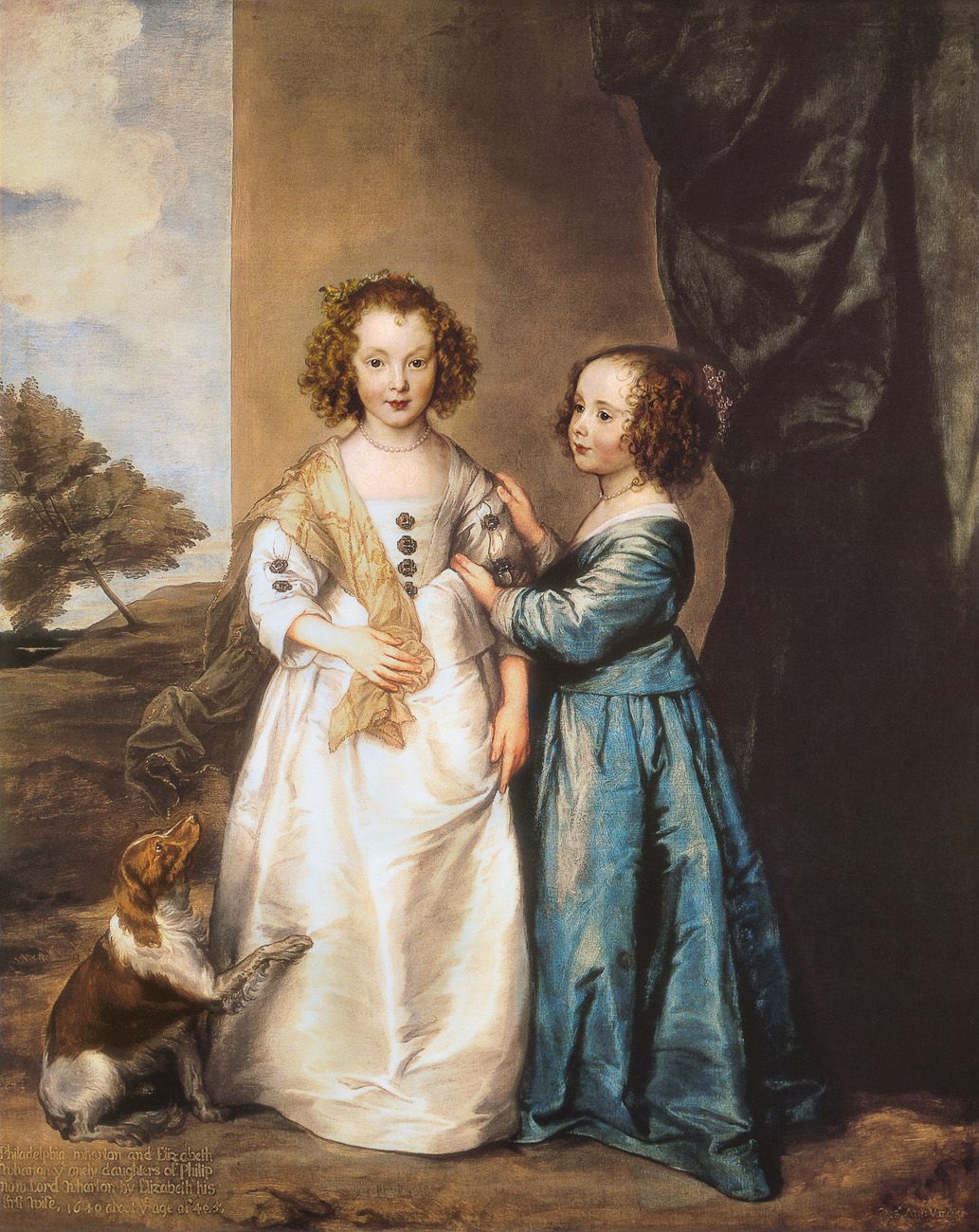
1. Philadelphia and Elizabeth Wharton, 1640, The Hermitage, St Petersburg.
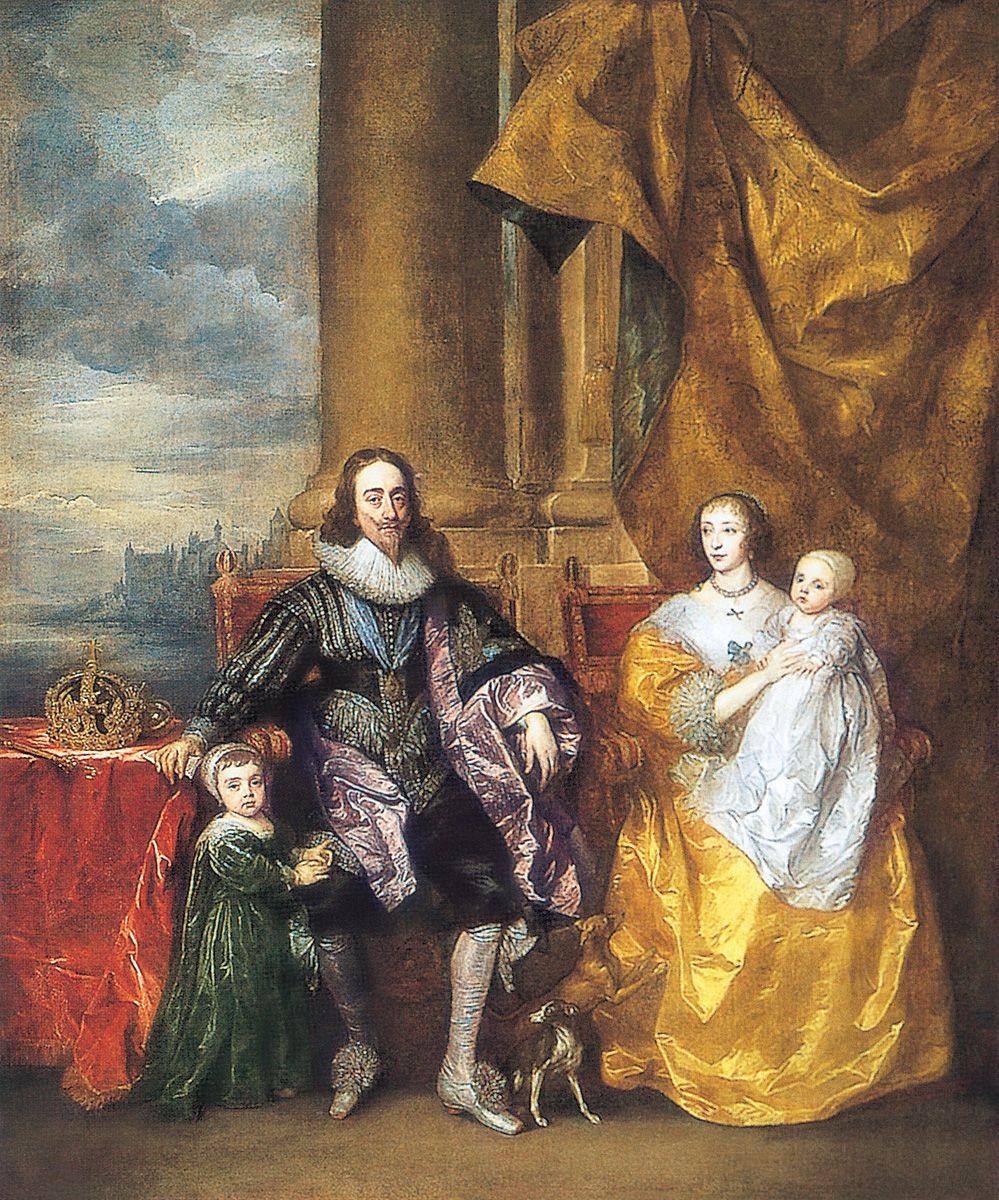
2. King Charles I and Queen Henrietta Maria with Charles, Prince of Wales and Princess Mary, 1632, Collection of Her Majesty Queen Elizabeth II.
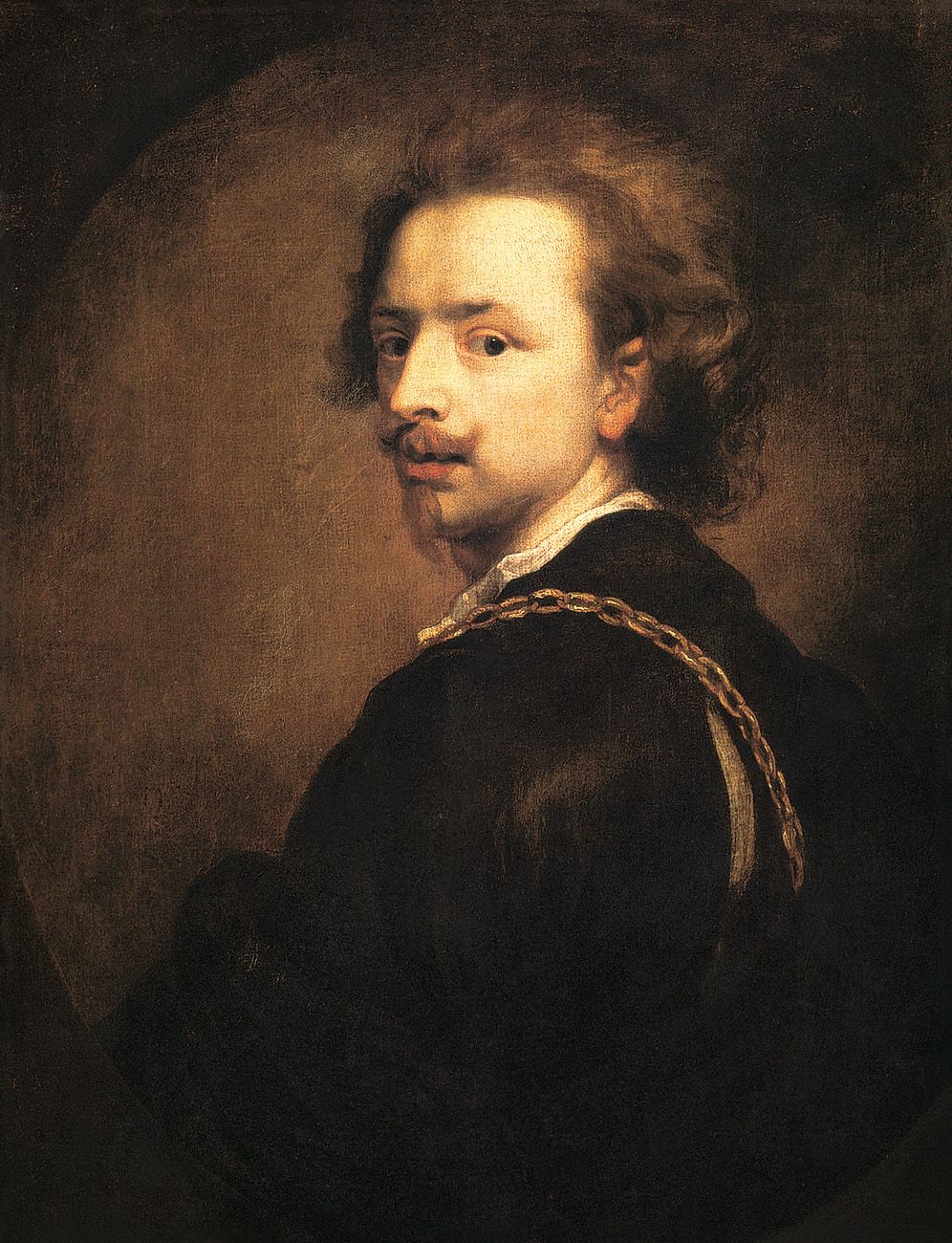
3. Self-Portrait, 1630s, Galleria degli Uffizi, Florence.
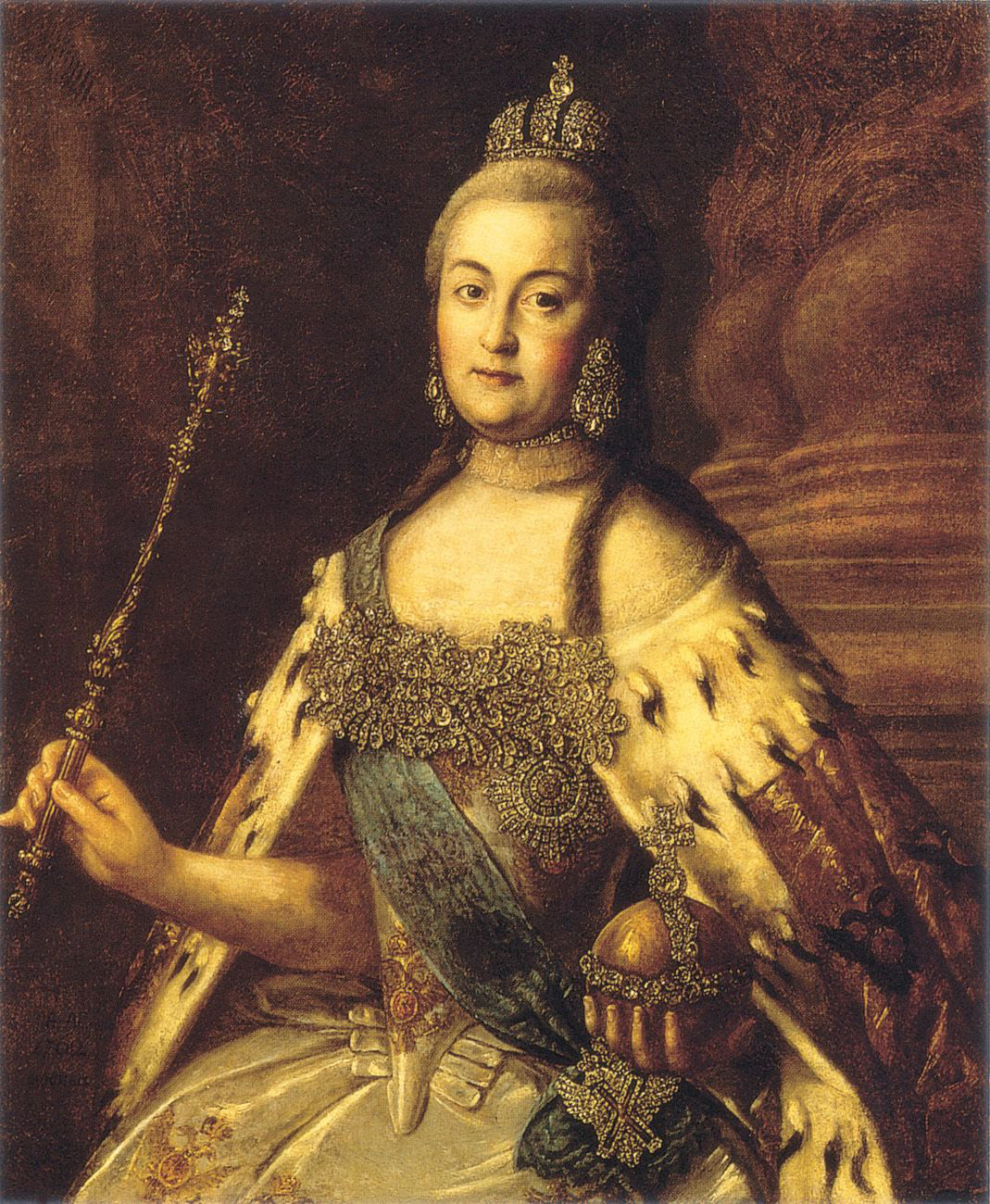
4. Alexei Antropov, Catherine the Great, 1762, Museum of History and Art, Sergiyev-Posad, Moscow region.
However, most of the Van Dycks currently in the Hermitage entered the museum as a result of Catherine IIs purchase of two celebrated European eighteenth-century collections: the Crozat collection, acquired in England in 1779. The first enriched the Hermitage with eleven Van Dycks, the second with fourteen.

